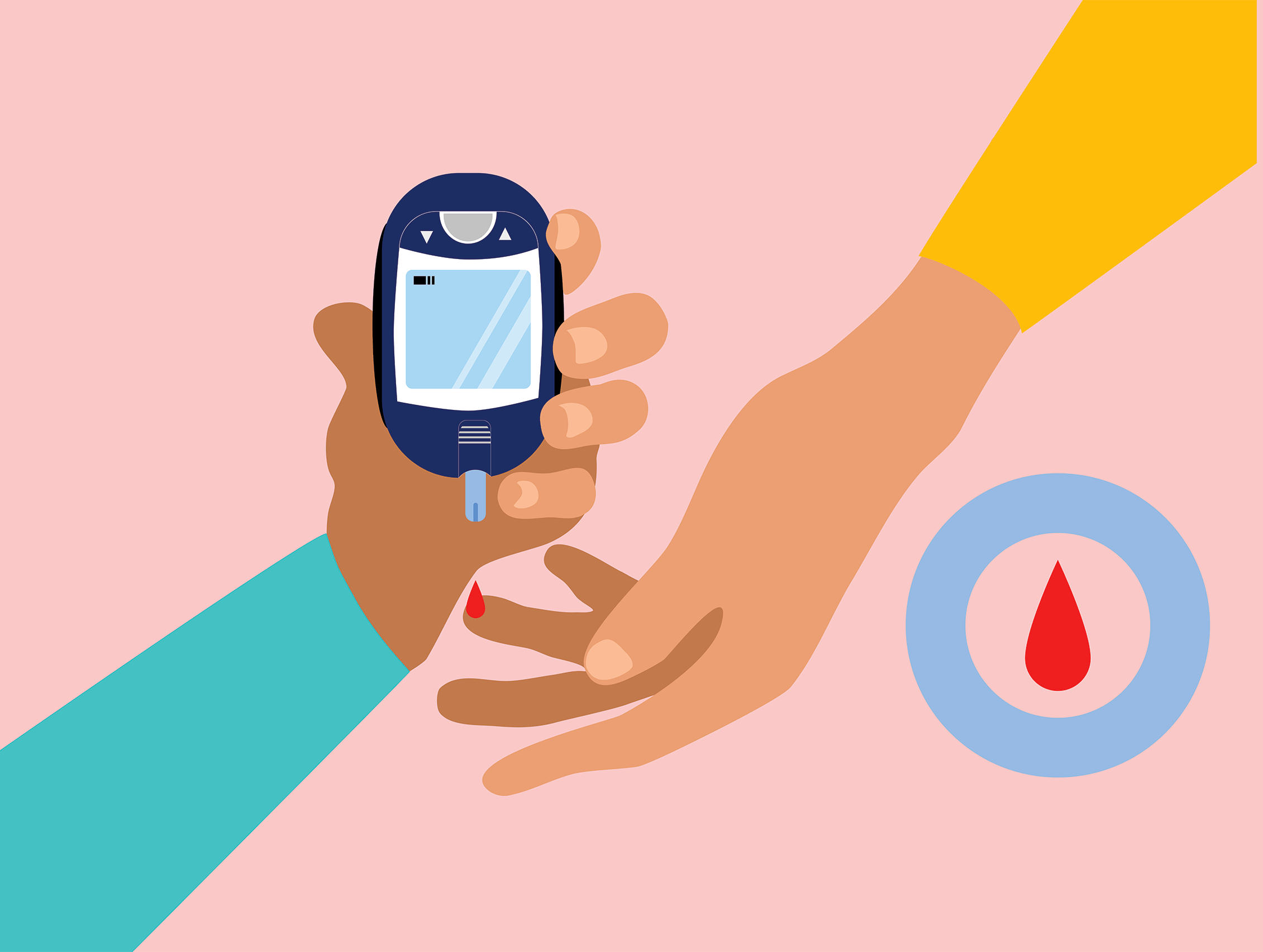Index Surge: Amplifying Your Insights
Stay updated with the latest trends and news across various industries.
Diabetes Diaries: Sweet Secrets from the Other Side
Unlock the sweet secrets of living with diabetes! Join us in the Diabetes Diaries for tips, stories, and inspiration from the other side.
Understanding the Glycemic Index: How to Manage Your Diabetes with Food Choices
The glycemic index (GI) is a valuable tool for individuals managing diabetes, as it provides insight into how different foods affect blood sugar levels. Foods are ranked on a scale from 0 to 100 based on how quickly they raise blood glucose levels after consumption. Low-GI foods, such as whole grains, legumes, and most fruits, cause a slower, more gradual rise in blood sugar, which can help maintain stable energy levels and prevent spikes. In contrast, high-GI foods, including sugary snacks and many processed items, can lead to rapid increases in blood sugar, making them less favorable for those with diabetes.
To effectively manage your diabetes, it's essential to incorporate low-GI options into your meals. Here are some tips to help you make better food choices:
- Start your day with a low-GI breakfast, such as oatmeal or Greek yogurt.
- Pair carbohydrates with protein or healthy fats to lower their overall glycemic impact.
- Choose whole, unprocessed foods and limit consumption of sugary snacks.
- Experiment with different cooking methods, as boiling or steaming can lower the GI of certain foods.
By understanding the glycemic index and its implications for blood sugar management, you can take proactive steps towards maintaining optimal health.

10 Common Myths About Diabetes Debunked
Diabetes is often surrounded by misconceptions that can lead to confusion and misinformation. One common myth is that diabetes only affects overweight individuals. In reality, while excess weight can increase the risk of developing type 2 diabetes, it can also occur in individuals of normal weight due to genetic predisposition or other factors. Another prevalent myth is that people with diabetes must strictly avoid all sugary foods. In truth, moderation is key, and with proper management, individuals can occasionally indulge without jeopardizing their health.
Another misconception is that all individuals with diabetes need daily insulin injections. This is untrue, as type 1 diabetes does require insulin therapy, but many people with type 2 diabetes can manage their condition through lifestyle changes and oral medications. Additionally, many believe that diabetes is a disease that only older adults face; however, it can develop at any age. The increasing prevalence of type 2 diabetes among younger populations highlights the importance of education and awareness about this chronic condition.
Living with Diabetes: Tips for a Healthy Mindset and Daily Routine
Living with diabetes can be challenging, but cultivating a healthy mindset is crucial for managing the condition effectively. It's important to acknowledge and accept the emotional aspects of living with diabetes, which can include feelings of frustration or fear. Engage in regular self-reflection by journaling your thoughts and feelings, and consider joining support groups where you can share experiences with others. Additionally, practicing mindfulness and stress-reduction techniques such as meditation or yoga can help maintain a balanced emotional state.
Establishing a daily routine is key to living well with diabetes. Begin each day with a balanced breakfast that includes whole grains, lean proteins, and healthy fats to stabilize your blood sugar levels. Incorporate regular physical activity into your routine—aim for at least 150 minutes of moderate exercise each week. Also, consider creating a meal plan to ensure you are consuming a variety of nutrients while monitoring your carbohydrate intake. Remember to check your blood sugar levels regularly and keep a log of your readings, diet, and exercise to discuss with your healthcare provider.